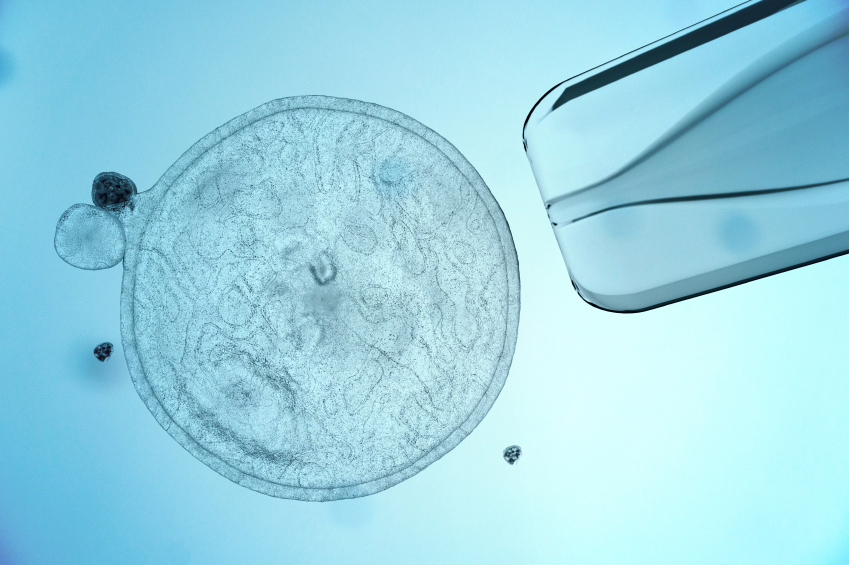From 31st January to 2nd February 2008, the first international congress about human embryonic stem cells took place at the Genopole of Evry. This congress was sponsored by the Genopole of Évry, the national institute for health and medical research (INSERM), the conseil general of Ile de France, the institute of stem cells for the treatment and study of monogenic diseases (ISTEM), the university Paris-Sud and the French Association against myopathies (AFM).
The researchers underlined the capacity of human embryonic stem cells to multiply in hundreds of cell generation (from 100 to 500). Then it is not necessary to immortalize these cells, this technique results in introducing viral particles in the cells.
Most of the cell cultures were conducted using animal serum (usually foetal calf serum), but this addition of animal proteins is incompatible with the administration in human.
Now, various cultures can be performed in synthetic medium, under development, in order to circumvent the obstacle.
Obtaining pure lines is long and difficult. Several very complex techniques are implemented to isolate the stem cells in one embryo.
The reprogrammed cells (induced pluripotent stem cells – iPS) – like Shinya Yamanaka’s (adult cells reprogrammed into pluripotent cells) – today require the introduction of genes into the cells by introducing viral DNA, which makes them clinically unusable. To do so, other means have to be found to block the target genes. Regarding this point, everything has to be done.
No therapeutic study
If the therapeutic aspect of the human embryonic stem cells was omnipresent during the congress, no study in man was presented. The only clinical study presented was Marc Peschanki’s study on Huntington’s chorea, conducted with human foetal cells.
For Philippe Menasché, the absence of results in man is linked to the fact that it is only possible to work on human embryonic stem cells for two years, in France (reminding that in Great Britain, the research on embryonic stem cells is authorised since 1990).
One of the important characteristics of human embryonic stem cells is their high carcinogenic power (teratomas), so much so that this characteristic is considered as a quality criterion of the line. After the differentiation, the removal of undifferentiated human embryonic stem cells is then a major stake: Two human embryonic stem cells in one million differentiated cells are sufficient to trigger a teratoma.
The differentiation of human embryonic stem cells is still difficult to obtain and arriving to a “useful” stage is not evident.
Finally, human embryonic stem cells raise problems of histocompatibility, like any graft tissue.

